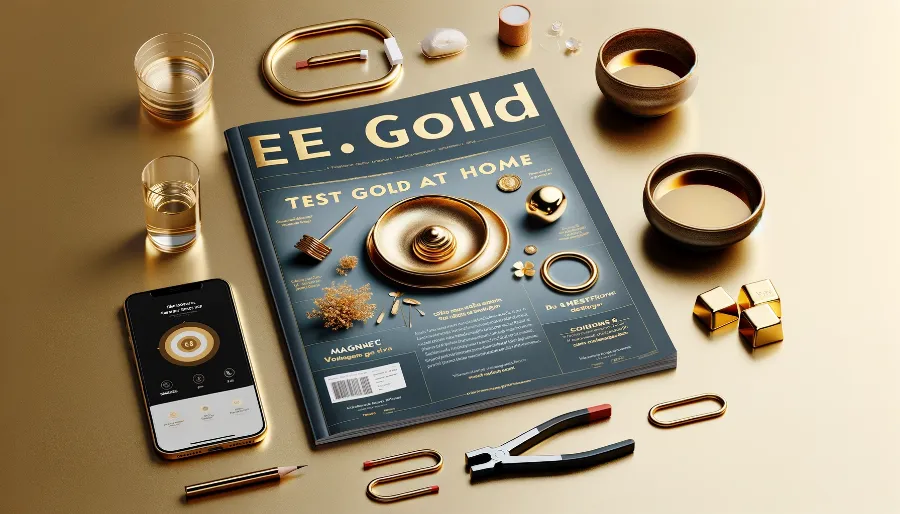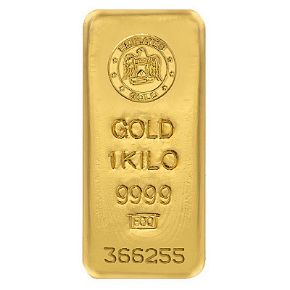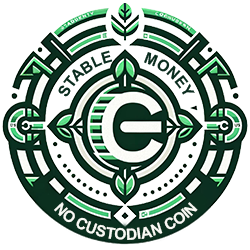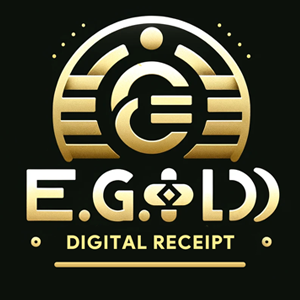
Gold has been a symbol of wealth and stability for centuries, but with the rise of counterfeit and gold-plated items, verifying its authenticity has never been more crucial. Thankfully, you don’t need specialized equipment to confirm whether your gold is real. This guide explores practical, DIY methods to test gold at home using common household items and tools.
Why Should You Test Gold at Home?
Testing gold at home is essential for:
- Preventing scams: Avoid buying fake or gold-plated items.
- Ensuring quality: Confirm the purity and authenticity of your gold.
- Peace of mind: Be confident in the value of your investment.
What Tools Do You Need to Test Gold at Home?
Here are some items you can use for simple gold testing:
- Magnet
- Vinegar or lemon juice
- Ceramic plate
- Scale
- Water
- Magnifying glass
These tools are easy to find and effective for basic gold testing.
Step-by-Step Methods to Test Gold at Home
1. The Magnet Test
Real gold is non-magnetic, so it won’t be attracted to a magnet.
- Bring a strong magnet close to the gold item.
- If the item sticks to the magnet, it’s likely fake or contains other magnetic metals.
- If it doesn’t react, it could be genuine gold.
2. The Vinegar Test
Vinegar is a safe and effective way to test gold.
- Place the gold item in a small bowl.
- Pour white vinegar over the item, ensuring it’s fully submerged.
- Wait for 5–10 minutes.
- If the gold changes color or tarnishes, it’s not real gold. Genuine gold will remain unaffected.
3. The Scratch Test on Ceramic
This method helps identify if the item is pure gold or plated.
- Use an unglazed ceramic plate or tile.
- Gently scratch the gold item across the surface.
- A gold streak indicates real gold, while a black streak suggests it’s fake.
4. The Float Test
Gold is dense and should sink in water.
- Fill a container with water.
- Place the gold item in the water.
- If it sinks, it’s likely real. If it floats or hovers, it may be fake or gold-plated.
5. The Acid Test
While not a true DIY method, acid test kits are available for home use.
- Apply a drop of the acid to the gold item.
- Observe the reaction to determine the karat level or authenticity.
Who Can Benefit from Testing Gold at Home?
Testing gold at home is suitable for:
- Jewelry buyers verifying their purchases.
- Inheritors checking the authenticity of heirlooms.
- Collectors assessing the value of their pieces.
When Should You Test Gold?
Test your gold whenever:
- You buy gold from a new or unknown source.
- You inherit gold items of uncertain origin.
- You suspect a piece may be counterfeit or plated.
Where Should You Perform Gold Tests?
Choose a clean, safe, and well-lit area for testing. Avoid testing near sensitive surfaces, as some methods (like scratching) can damage delicate finishes.
Common Signs of Fake Gold
- Magnetic reaction: Indicates the presence of iron or nickel.
- Discoloration: Fake gold may tarnish or show spots.
- Flaking: Gold-plated items often reveal a different metal underneath.
- Low weight: Fake gold is often lighter than real gold.
The Importance of Purity in Gold Testing
Gold purity is measured in karats, with 24K being the purest form. Testing your gold at home can help you determine if it’s 24K, 18K, or another purity level.
Tips for Accurate Gold Testing at Home
- Always clean the gold item before testing to remove dirt and oil.
- Combine multiple testing methods for the most reliable results.
- Handle acids or sharp objects carefully to avoid damage or injury.
Limitations of Home Gold Testing
While testing gold at home is convenient, it has its limits:
- It may not precisely determine karat levels.
- Some methods can damage delicate or valuable pieces.
- Professional equipment is more accurate for complex cases.
FAQs About Testing Gold at Home
Can I test gold-plated items at home?
Yes, but tests like the scratch test or acid test are more effective for identifying plating.Does real gold ever tarnish?
No, real gold is resistant to tarnishing and corrosion.Is the vinegar test safe for antique gold?
Avoid using vinegar on antiques, as it may damage delicate finishes.How accurate is the magnet test?
The magnet test only detects magnetic metals and may not identify all fakes.Can I test gold jewelry with gemstones?
Be cautious, as some tests like acid or vinegar can damage stones.What’s the easiest test for beginners?
The magnet test and float test are simple and beginner-friendly.Do all gold items have hallmarks?
Most genuine gold items have hallmarks, but older pieces may lack them.Can I use lemon juice instead of vinegar?
Yes, lemon juice can serve as an alternative acid for testing.What should I do if I suspect my gold is fake?
Consult a professional jeweler or testing facility for a definitive analysis.Can I test white gold with these methods?
Yes, but white gold may require additional tests to verify its authenticity.
Ensuring Trust in Your Gold Collection
Testing gold at home empowers you to protect your investment and avoid counterfeits. With simple tools and methods, you can quickly verify the authenticity of your gold and ensure its value. While professional testing offers the highest accuracy, these DIY methods provide a reliable starting point for anyone looking to safeguard their gold assets.
NOTE
This Content is the copyrighted content of EE.GOLD. All rights are reserved. You are welcome to share or use our content only by including direct links to our website. Any other form of reproduction, distribution, or use without proper attribution is strictly prohibited.
This Content is intended solely for educational purposes. The information provided does not constitute financial or investment advice.
Please note that Digital Storage Receipt, Secure Storage Solutions, and Physical Gold Sales are the only services offered by EE.GOLD.
We strictly adhere to government regulations and are firmly against all illegal financial or investment activities globally.
For further inquiries, feel free to contact us through our official channels.










.png)

